#art movement
Text

Joan of Arc wearing armour and mounted upon a horse at the head of her troops by Jules De Praetere
#art history#19th century#20th century#art movement#joan of arc#jeanne d'arc#romanticism#history#art academia#classic academia#darkest academia#dark academia#academia aesthetic#i looked at the tag joan of arc and all i saw was miraculous ladybug posts#i hate every single one of you
5K notes
·
View notes
Text
Tuesday, August 22.
Minimalism.
What is #minimalism, exactly? A post-WWII art movement originating in America? A fad? A collective response to the insatiable greed and relentless destruction of capitalism? Something you've seen in bad Netflix documentaries? An architectural style? A musical style? An aesthetic? A faux philosophy? A rather profound philosophy? Maybe it's a little of all of the above. Who are we to say?
The art movement, as traditionally understood back in the 60s and 70s, was perceived as a reaction against abstract expressionism and modernism. Here in the present day things are, ironically, a little more jumbled, muddled. Cluttered, if you like. It feels instead like a reaction against the sheer quantity (and not quality) of things in life under capitalism: things to watch on streaming services, things to buy to wear, things to order on Uber Eats.
Perhaps it's easiest to describe minimalism as a way of thinking and seeing that can be applied to all facets of one's life, however you might see fit—whether you are an artist, activist, or simply getting by; despite the mess.
395 notes
·
View notes
Text

Here’s my personal recommendation of a YouTube video to check out:
youtube
#curious archive#speculative evolution#speculative biology#speculative zoology#specevo#spec evo#spec bio#specbio#spec zoo#worldbuilding#worldbuilding stuff#art movement#video essay#art history#history#evolution#art#tumblr recommendations#recommend#recommendation#youtube#youtube content#youtube recommendations#youtube video#video recommendation#youtube link#video link
180 notes
·
View notes
Text
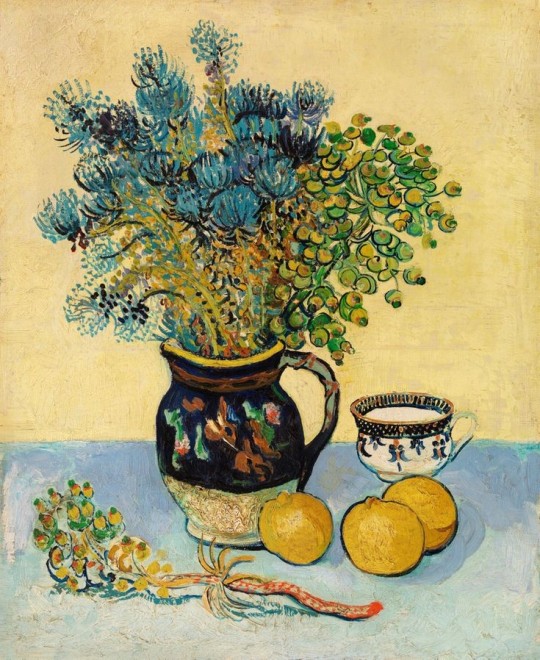
Vincent Van Gogh - Still Life (Nature Morte), 1888
Classic Van Gogh art print of a bouquet in blue and green surrounded by kitchen decorations and lemons.
#vincent van gogh#bouquet#lemons#post impressionism#oil painting#dark acadamia aesthetic#art movement#artwork#yellow#painting
230 notes
·
View notes
Photo
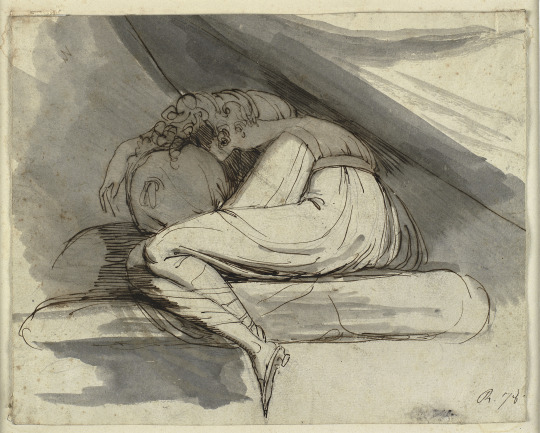



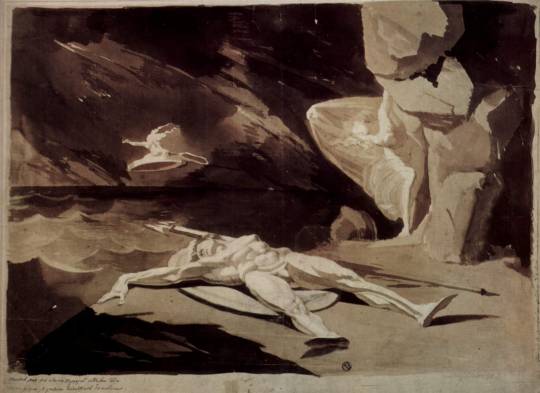

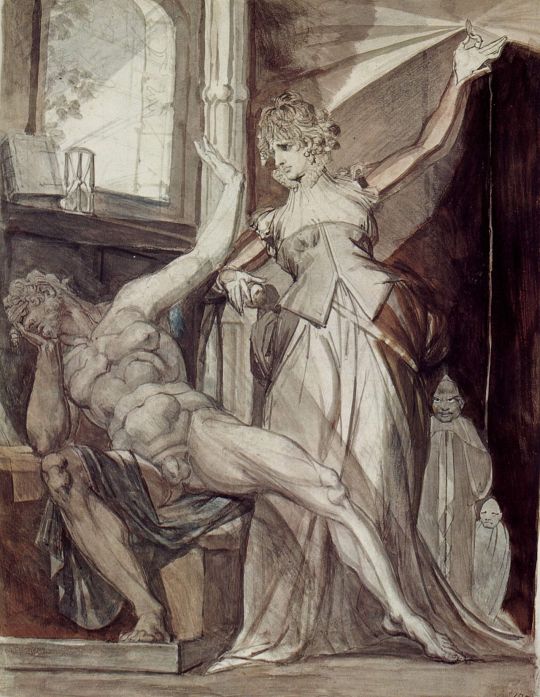
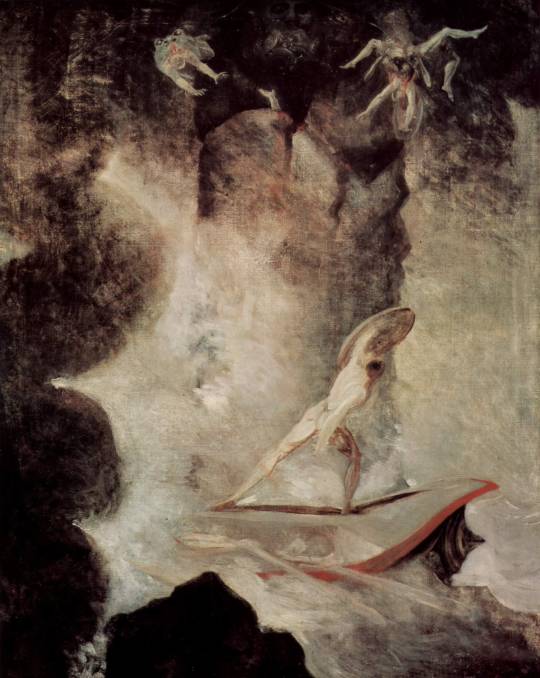
“Art, like love, excludes all competition and absorbs the man.”
- Henry Fuseli
#henry fuseli#art#artwork#classical art#sturm und drang#art movement#something about this colour palette and the melancholy of it all#kinda detached from the happenings#reminding us that we are mere powerless spectators#also of snapshots frozen in perpetuity causing more grief as the subjects can never move forwards#his titles are bangers though lol#the song of achilles#tsoa#greek#greek myths
242 notes
·
View notes
Photo

#art#fine art#art movement#wordplay#pictogram#artwork#teaching#modern art#culture#art history#wronghands#john atkinson#webcomic#cartoon#funny#humor
571 notes
·
View notes
Text
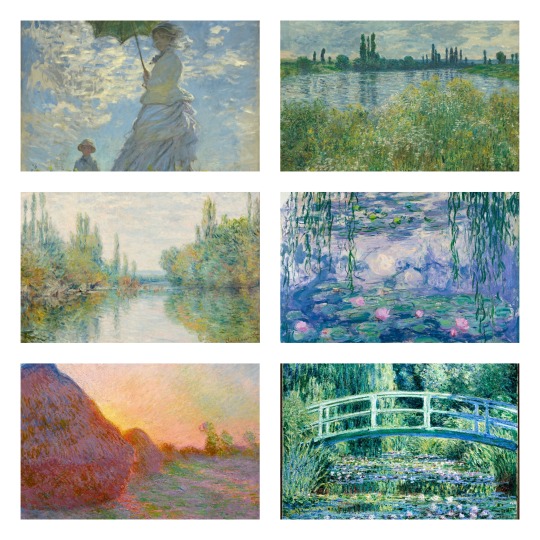
My Top 5 Painters
3/5 - Claude Monet
Monet has been described as the driving force behind Impressionism. Crucial to the art of the Impressionist painters was the understanding of the effects of light on the local colour of objects, and the effects of the juxtaposition of colours with each other. His free flowing style and use of colour have been described as almost etheral and the epitome of impressionist style
#claude monet#dark academia#light academia#art academia#impressionism#Impressionist art#art#art movement#artwork#cottagecore#cottage aesthetic#naturecore#flowercore
67 notes
·
View notes
Text
FEATURE | Into the Decadent Life of Dorian Gray: How Victorian Aestheticism Led to His Demise
Originally published as a serial in 1890 and in book form the following year, Oscar Wilde's only novel The Picture of Dorian Gray is one of the best examples of late Victorian Gothic horror. The late 19th century aestheticism and decadence are among the key concepts that Wilde creatively weaved into his novel.
Behind the Aesthetic movement
During the 19th century, aestheticism was an art movement known as "art for art's sake" which favors the aesthetic value of the arts, literature, and music rather than their socio-political purpose. This movement focuses on producing art that is deemed beautiful rather than having a deeper meaning. Its philosophy is meant for escaping the ugliness of the materialism brought by the Industrial Age, thus only absorbing beauty and good taste. It also challenges the norms during the period where Victorians would often associate ethical and moral roles to any form of art, which is the very opposite of the movement's perspective.
While a critical reflection on the arts with the aim of getting through the hardships of a new age by recognizing the necessity of beauty in everyday life, the movement also gave rise to ethical questions–creating a conflict between aestheticism and morality, which can be perfectly observed in The Picture of Dorian Gray.
A stirring and provocative introduction
The novel probably has one of the best prefaces ever written. Novel prefaces during the Victorian age were usually crowded with characters, with long paragraphs that are thickly plotted. Prefaces invite the readers inside the book by stating the purpose, and Wilde was successful in doing so. He wrote the preface without complicated words, it was written realistically and with much thought.
In reference to the Aesthetic movement, Wilde asserts in the preface that art's aim is to only reveal art and conceal its artist. He also talks about the critics of art, who he defines as those who can translate into another manner or material. Detesting people who find ugly meanings in beautiful things, he calls them corrupt and uncharming; this is a fault. Those who are cultivated are the ones who can find beautiful meanings in beautiful things. Then, he ends it strongly with, "All art is quite useless."
Such an introduction will put the readers into deep thought, challenging someone's beliefs on the matter whether one agrees or not. And with the intriguing notions laid upon them, one may argue against it or further interpret the concepts on their own.
Navigating the tenets of Aestheticism in the novel’s synopsis
Opening with a vivid image of the setting, artist Basil Hallward paints Dorian Gray's portrait in his London studio. With them, Lord Henry "Harry" Wotton is smoking an opium-tainted cigarette while taking a shine to the fine young man with an "extraordinary personal beauty." Speaking in aphorisms, and in mostly profound manner, he slowly encourages Dorian to indulge deep into life's greatest pleasures, advising him to look constantly after new sensations in life despite Basil's begging that he should not corrupt Dorian with his words that reek of hedonistic values. Lord Henry, depicted as a manipulator as he picks a flower's petals one by one, would soon have a large role in Dorian's way of life.
As Basil finishes Dorian's portrait, the painting reveals such beauty and is praised by Lord Henry as being the artist's finest work ever done. Suggesting that it must be shown in the best galleries possible, Basil quickly insists that he does not want the portrait to be seen. He says, "I have put too much of myself in it."
Basil worries that showing his work will reveal so much of himself, that spectators may uncover more of his personal and artistic idolatry of Dorian than the fair subject himself. This echoes Aestheticism's principles, where artists must be dismissed; create only a beautiful work and not put meaning into it. He refuses to have his work be explored by critics, and be seen as a biographical expression.
Looking at the artist's finished work, Dorian marvels at how young and beautiful he looks. He wishes that he would always remain young, and that the portrait must become the one to age and wane. In order for such a wish to be granted, he even declared he would sell his soul. And this is the moment as if he has made a pact with the devil.
Dorian coddles with a life of pleasure, living a life with his gift of youth, just as Lord Henry has advised him. Soon he meets Sibyl Vane, a theater actress, and falls in love with her art–performing on stage with different roles embodying the aspects of tragic love: Cordelia, Juliet, Desdemona, and Portia among others. She artistically acts on stage, as if completely losing herself and fully becoming the characters she plays. This is what Dorian falls in love with, her art as an actress. Sibyl falls in love with Dorian, she then experiences real love and realizes the falseness she has been doing onstage.
Sibyl initially inspired Dorian to turn away from decadence. Dorian discusses with Lord Henry the emotions that Sibyl makes him feel, "Her trust makes me faithful, her belief makes me good. When I am with her, I regret all that you have taught me." But when Sibyl performs as Juliet on stage, she seems artificial. She hopes that Dorian will take the hint that she does not want to act anymore after falling in love. Disappointed and ashamed, Dorian stays the whole play after everyone has left. "You have killed my love," he mutters. And then he leaves as Sibyl pleads and cries on the floor.
Sibyl symbolizes truth and purity, while Dorian is nothing but deceit and selfishness. Dorian, once again, is swayed by the values taught to him by Lord Henry. Soon, Sibyl becomes like the tragic characters she portrays, she meets a bitter end when she takes her own life after Dorian turns her down for losing her ability to act. Without this art of hers, she is now meaningless. Henry tells Dorian about the girl's death and says, "The girl never really lived, and so she has never really died."
Aestheticism's values deeply affect how Dorian sees people around him, same with how he treated Sibyl. He only saw value in her knowing that she was a brilliant actress. He mourned for her when she died as Cordelia. But never did he feel an ounce of sadness, when she died as Sibyl Vane.
After Sibyl's death, Dorian feels there is nothing more to stop him from treading a terrible path of sin and immorality. He goes on with self-indulgence, and there is no coming back. Sin after sin, he commits all things hideous. His physical body remains perfect but his portrait changes, becoming uglier as days of sin go by. Shocked by the changes in the portrait, he locks it away in his house's attic. Once again, after ceaselessly doing immoral things, he looks at the portrait and an old, evil face is revealed to him.
A tragic but fulfilling ending
13 years pass by and Dorian remains young and attractive. Dorian shows Basil his secret, the portrait that he is hiding, and the artist is appalled by the sight of his then beautiful work. Dorian then stabs Basil to death. Sibyl's brother, James, also went to exact revenge on him but is shot by one of the members of his shooting party. These events continue to disfigure his portrait. He tries to believe that the portrait may improve if he starts to behave, but he looks at the portrait again and his old self remains with the face of an evil man.
Dismayed and outraged by the loathsome sight, Dorian shoves a knife into the canvas to destroy the evidence of his sin. The sin he wants to destroy is himself. So when the servants arrive in the attic after hearing a blood-curdling sound, they witness Dorian's beautiful portrait just as Basil has painted it, but there lies on the floor a body of wrinkled old man with a horrid face.
The ending scene, as tragic as it appears on the surface, is perfectly constructed. All the events in the story, each circumstance of the characters that have different values and especially Dorian's journey of sin, led to this very end–to his ultimate demise. An ending he deserves, the moment of his death with the magical portrait at the scene that displayed strong symbols–him being one with the portrait maintaining his immortality, the depravity in the painting that he longs to kill instead of facing it.
Dorian Gray and the demise of his Aesthetic life
Dorian's ending is a reminder that no one can get away with everything. He went about in his life with the values of aestheticism imparted to him by Lord Henry, and that brought his downfall at the end. The movement should have only been a means to distract oneself from the industrialization and the physical harms it had on people. But too much indulgence in just beauty on a surface level gets rid of other things that are also important.
Living this life must also take some inspiration. Creating art can be both for the art and artist's sake, so as creating meaning or not having meaning at all. Sibyl is not meaningless when she loses her ability to act, it is not meagerness to finally embrace and see oneself as who they truly are. Basil should not have been shamed for keeping something so precious to him. Dorian would not have been put into a life of decadence if only he considered both having youth and not having youth as a gift, if only he considered to also put value in his attitude as he does in his looks.
It is mentioned how there is conflict between aestheticism and morality which is discernible in the novel. The very conflict presented there is Dorian Gray himself, who is such an exceptionally beautiful-looking young man but has a crooked and amoral attitude–which led to his own downfall. What lies beneath the surface is more worthwhile after all.

#the picture of dorian gray#oscar wilde#victorian era#aestheticism#basil hallward#lord henry wotton#dorian gray#sibyl vane#book review#feature#writing#graphic art#reading#novel#philosophy#art movement#gothic
78 notes
·
View notes
Text

Félix Vallotton (French, 1865–1925) • La visite • 1899
#art#fine art#painting#paintings of interiors#interior with figures#making room blog#félix vallotton#swiss artist#les nabis#couples in artworks#art appreciation#late 19th century art#19 & 20 century european art#art blog#paintings of domestic interiors#favorite artist#art movement
31 notes
·
View notes
Text
Art to Wear (1986)
Julie Schafler Dale is a gallerist, curator and craft historian known for supporting the American Art to Wear or art-as-fashion movement.
Don't Worry Be Happy by Bobby McFerrin 🎧

#l o v e#Julie Schafler Dale#1986#cuteness#7/2023#nostalgia#vintage#vintage fashion#female art#female artists#fashion#take me there for one day#x-heesy#music and art#photographer#chameleon#1990s#1980s#Art to Wear#art movement
38 notes
·
View notes
Text


Details, from Crescentia Fürstin von Oettingen-Oettingen und Wallerstein, by Joseph Karl Stieler
#romanticism#classicism#baroque#renaissance#art movement#art history#art details#art detail#classic academia#classic academia aesthetic#light academia#light acadamia aesthetic#dark acamedia#dark academia aesthetic#art academia#romantic academia#romantic academia aesthetic#literature academia#royalcore#royaltycore#princesscore#academia aesthetic#joseph karl stieler#18th century#19th century
625 notes
·
View notes
Text
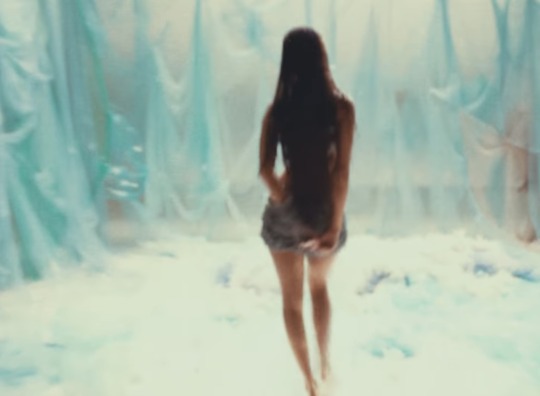
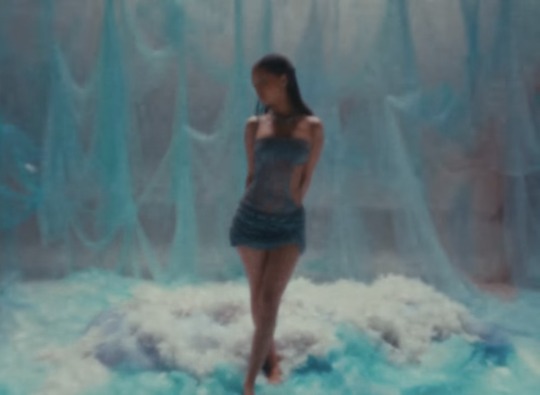

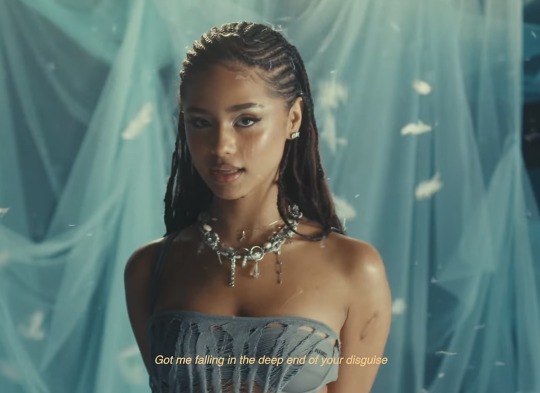


Tyla- Butterflies (Official Visualizer) | Dec. 20, 2023. 🦋
8 notes
·
View notes
Text

Maurice Denis (French, 1870-1943) • La Légende de St Hubert • between 1896-97 • Musée départemental Maurice Denis, Saint-Germain-en-Laye, France
#maurice denis#fine art#art#painting#art history#les nabis#avant garde#post impressionism#musée maurice denis#art movement#french artist#beauty#art appreciation#museum aesthetic#late 19th century painting#art lover#pagan sphinx art blog#horses in artworks
14 notes
·
View notes
Text
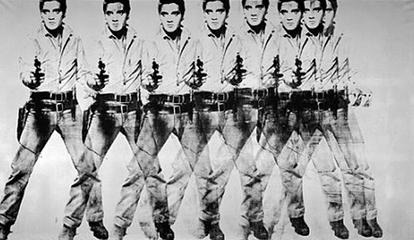

Andy Warhol, Eight Elvises, 1963
After Eadweard Muybridge, A man firing a gun. Photogravure, 1887
#andy warhol#eadweard muybridge#photography#motion photography#art movement#multiple#pop art#pop artist#pioneer#aesthetic#beauty#elvis presley#american singer#american artist#american art#English photographer#English photography#elvis#modern art#art history#aesthetictumblr#tumblraesthetic#tumblrpic#tumblrpictures#tumblr art#tumblrstyle#artists on tumblr
15 notes
·
View notes
Text
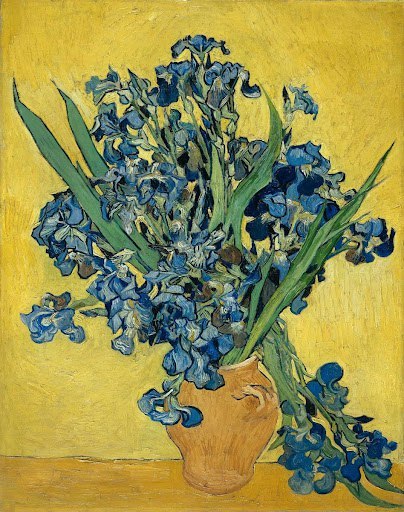
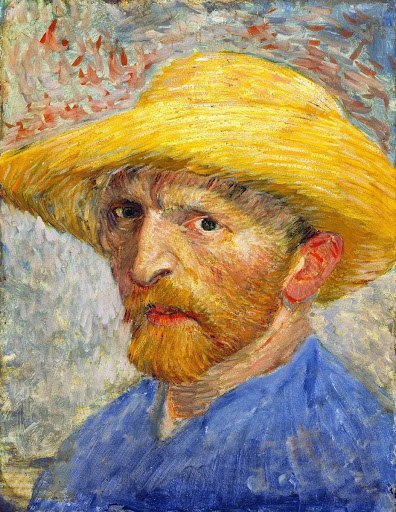
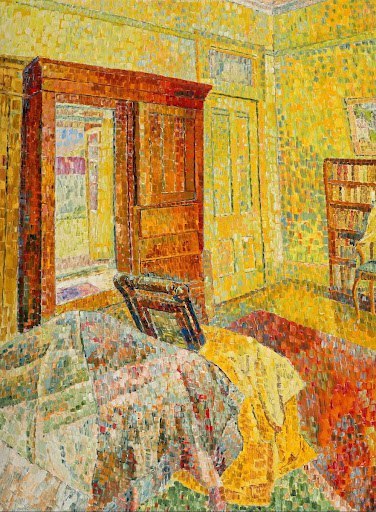
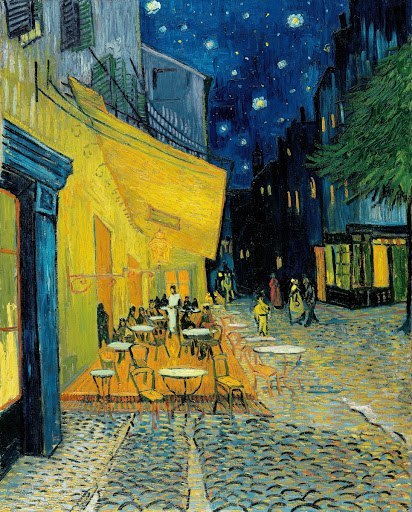

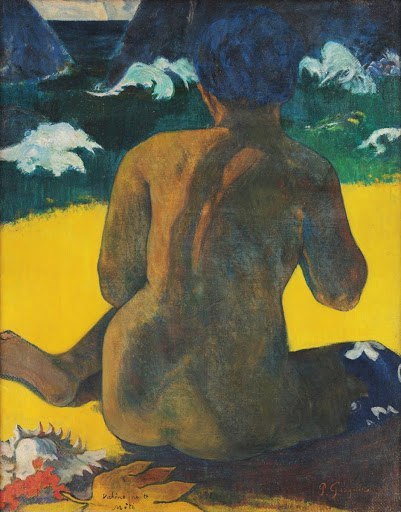
Yellow in Post-Impressionism
Green in Modernism // Black in Van Gogh's Paintings // Violet in Sisley's Paintings // Blue in Sisley's Landscapes // Edvard Munch's Paintings
Irises (1890) by Vincent Van Gogh // Self Portrait (1887) by Vincent Van Gogh // Interior in Yellow (1962-1964) by Grace Cossington Smith // terrace of a cafe at night -Place du Forum- (1888) by Vincent Van Gogh // Sunflowers (1889) by Vincent Van Gogh // Vahine No Te Miti (1892) by Paul Gauguin
#post impressionism#yellow#yellow and black#paul gauguin#Grace Cossington Smith#oil paintings#art works#post impressionist art#paintings#sunflowers#irises#interior inspiration#terrace of a cafe at night#dark acadamia aesthetic#parallels#web weaving#art movement#modernism#modern art#artwork
211 notes
·
View notes
Text
El castillo ambulante y las corrientes artísticas

El castillo ambulante es una película del estudio Ghibli, conocida por su estilo característico. Su estreno fue en 2004, y fue dirigida por Hayao Miyazaki. El público no solo es testigo de un espectáculo visual, sino que cuenta con relatos llenos de magia y emociones y enseñanzas que nos acompañan durante toda la vida.
Si estas películas destacan por algo es por la belleza de sus planos, sobre todo en el caso de esta película, influenciada por estilos que van desde el Art Nouevau del siglo XIX hasta el Steam Punk, pasando por el estilo de decoración gótico clásico.
Pero, ¿Dónde vemos todo esto? Bueno, a lo largo de la película hay escenas y elementos que nos recuerdan a estos estilos. Yo me voy a centrar en explicarlo en el castillo ambulante. En el interior nos encontramos con la habitación de Howl, y es probable que lo primero que nos venga la mente al verla es: "¡Oh! Cuántas cosas". Y si, resulta que no somos los primeros en pensar algo que algo es demasiado. En el siglo XIX se empezó a usar la expresión "Horror Vacui" cuya traducción literal es el miedo al vacío. Por aquel entonces se aplicaba estilos barrocos, rococó, y victorianos, que resulta que influencian sustancialmente esta película.
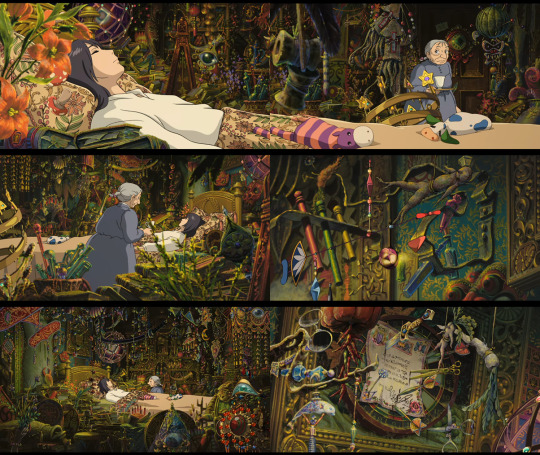
¿Cómo? Todos estos estilos tienen en común el maximalismo, por lo general se expresa en: colores, elementos, patrones, o materiales que cubren todo el espacio, dando personalidad a los diseños. En el caso de la obra de Miyazaki, en la habitación, vemos el gran uso que se hace de los colores rojo, verde y, amarillo, jugando con sus tonalidades y su saturación.
También aparecen una gran variedad de elementos repetitivos, flores, cristales… Que recuerdan a los patrones del movimiento del Art Nouveau que estaba surgiendo en ese mismo siglo, un ejemplo de esto serían los patrones de las sábanas. Así mismo, vemos la influencia del maximalismo en la gran cantidad de joyería que hay en la habitación, representando los valores hedonistas de este movimiento.
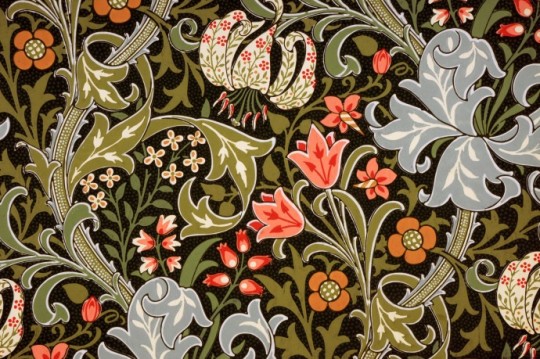
Avanzando un poco en el tiempo, en los años 90, aparece un estilo llamado Whimsigothic, consiste en una amalgama de elementos: místicos, plantas, cristalería, lámparas, patrones, colores, vibrantes… Crean un balance entre lo oscuro y sombrío del gótico y la diversión y suavidad de cluttercore. ¿Te suena de algo esto? Es una gran descripción de la habitación de Howl ¿Verdad?.

En contraposición con el interior, lleno de vida, plantas y luz, en el exterior nos encontramos con una corriente retrofuturista que pone su foco en la Segunda Revolución Industrial. Esto, desde luego, no es una casualidad ya que el director tiene mucha influencia de artistas como Alpes Rovira, que encaja con la mirada al futuro desde el pasado que este estilo pretende transmitir.
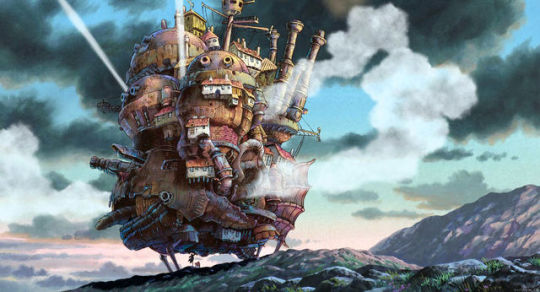
Esto se enlaza con la estética Victoriana de la que hablaba antes, ya que es donde suele ir ambientado el steampunk, al ser pre-eléctrico y centrarse en el vapor obliga a buscar soluciones creativas para las máquinas. Por esto vemos que cuando el castillo se desplaza suelta vapor. Además, la estética, con las ventanas redondas que sobresalen recuerda a las gafas típicas de este estilo, que son aquellas que tienen cristales redondos y remaches de metal.
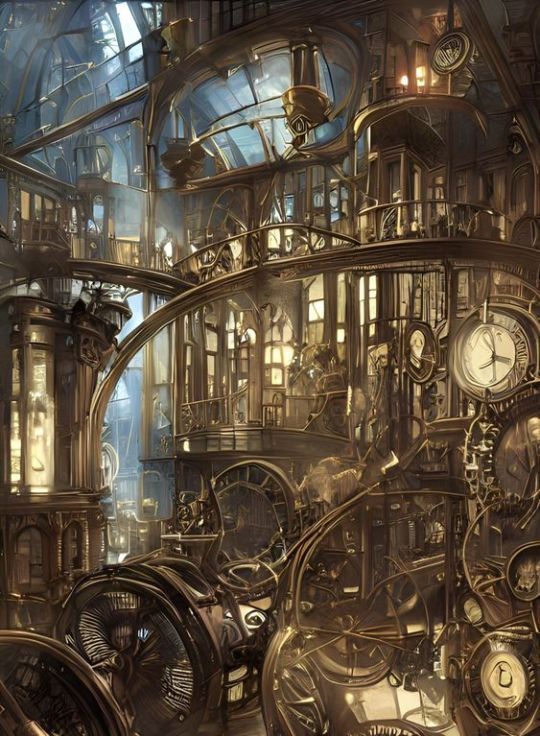
Para terminar, volver a mencionar la contraposición del Castillo con todo su entorno, que parece seguir una filosofía impresionista centrada en “atrapar” la belleza, ya que los colores vibrantes son predominantes y se juega mucho con la luz. Todas las escenas de la película están bellamente adornadas y cargadas, sin perder ese aire misterioso y extravagante que dotan a la película de esta singular estética que atrae a todos aquellos que la ven.
13 notes
·
View notes